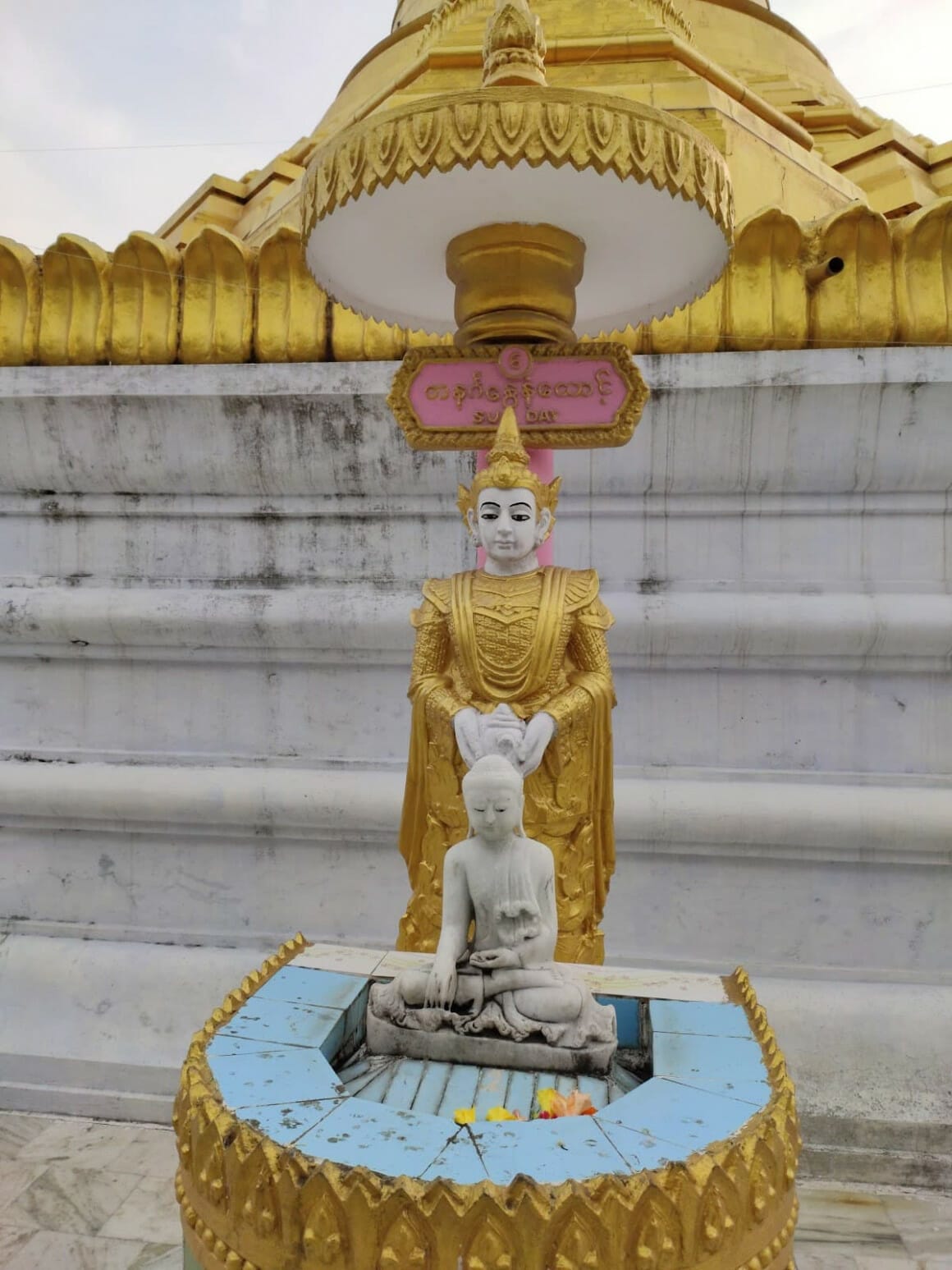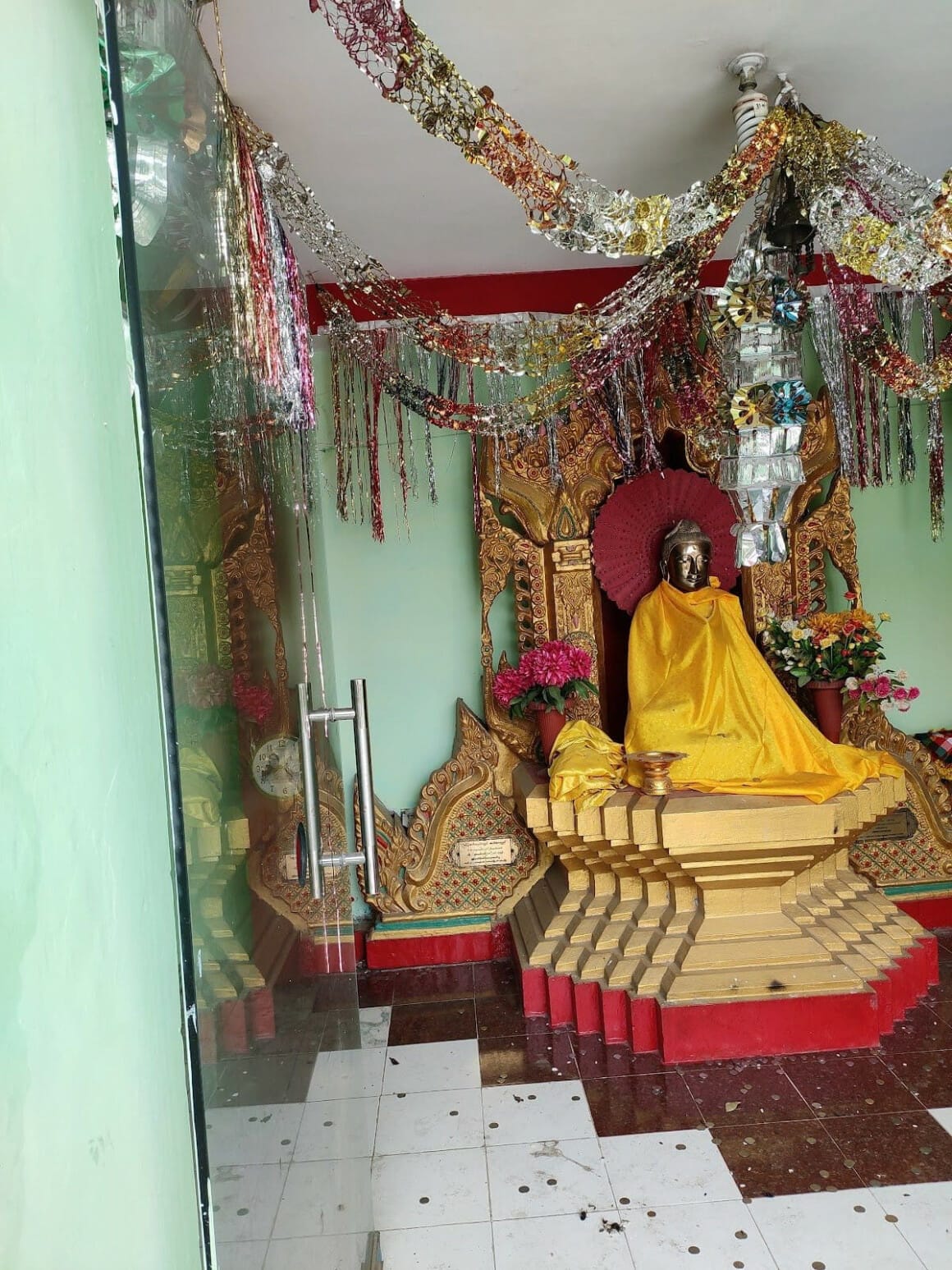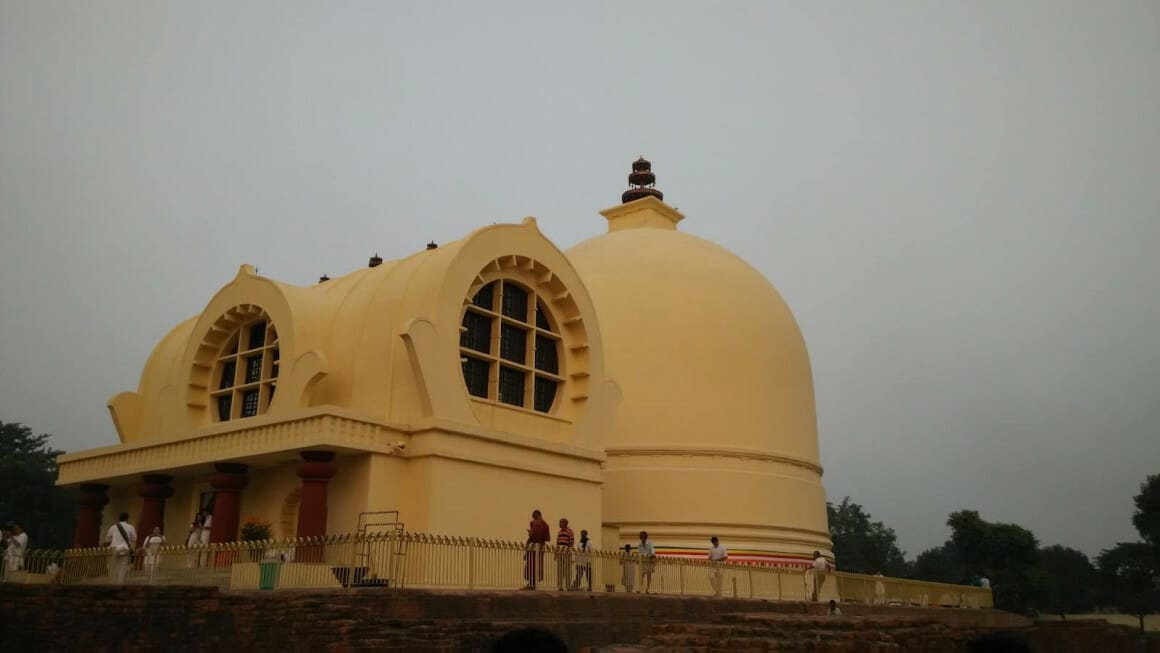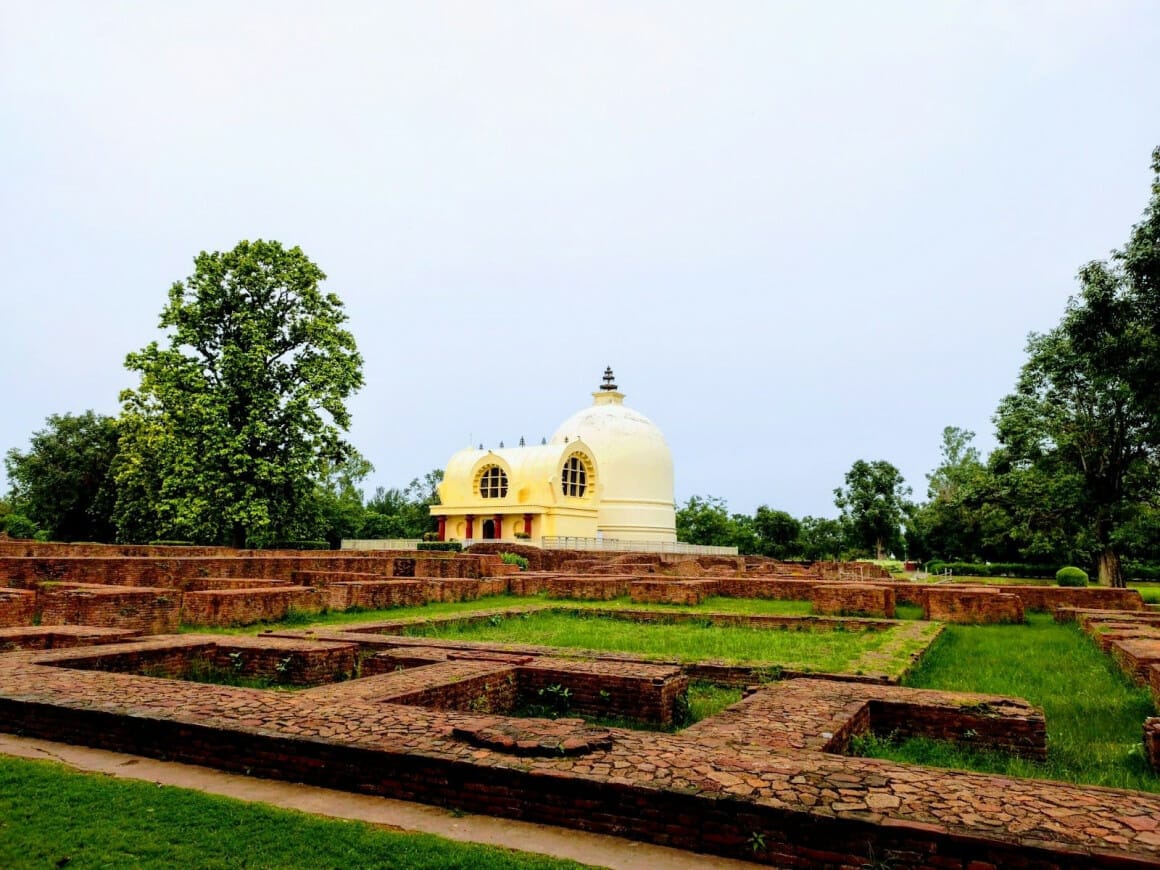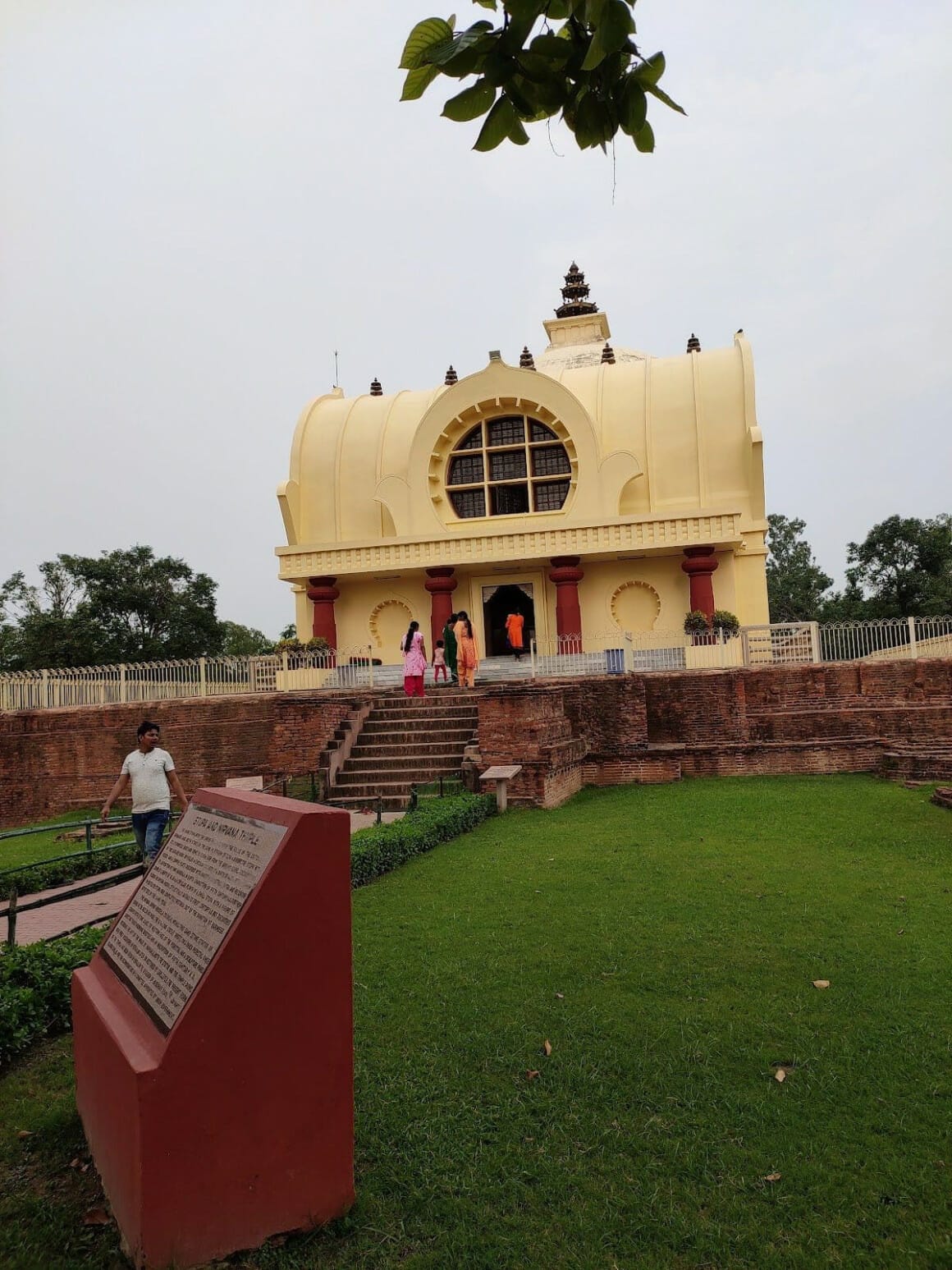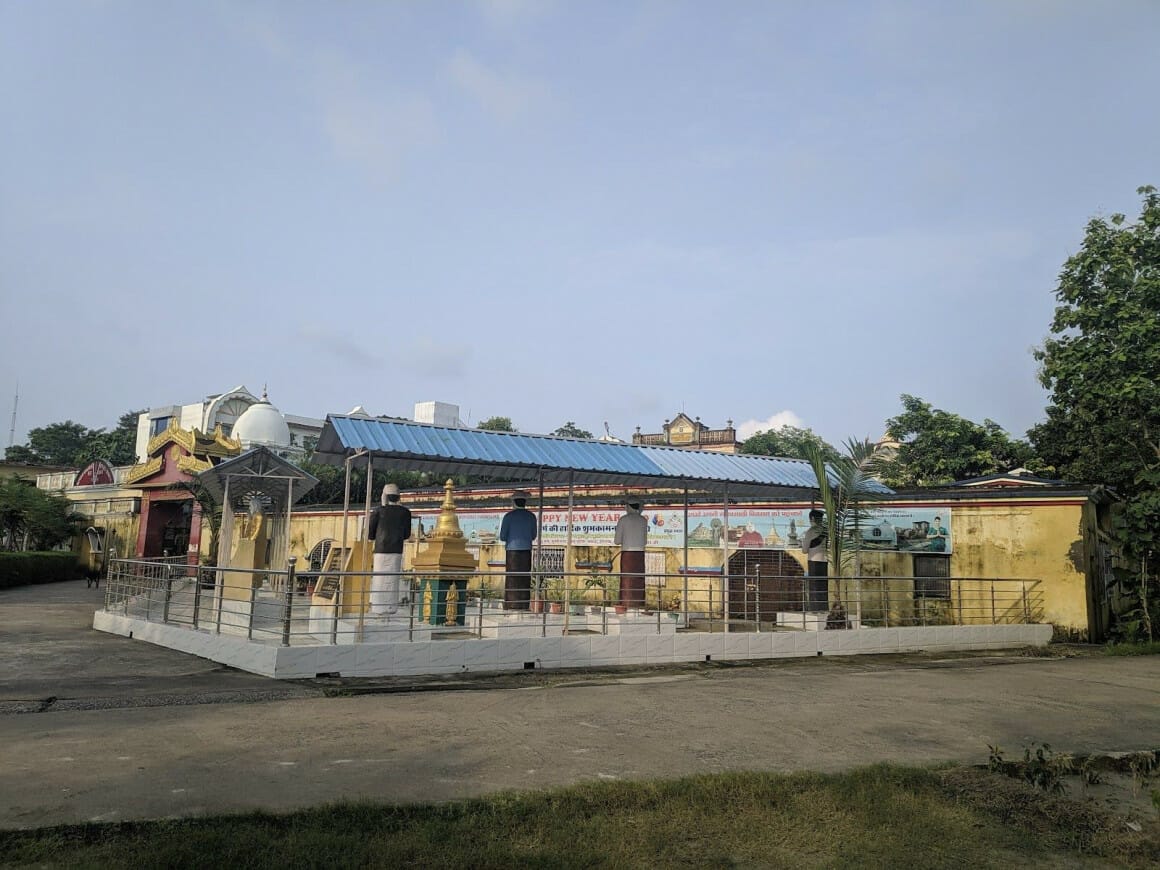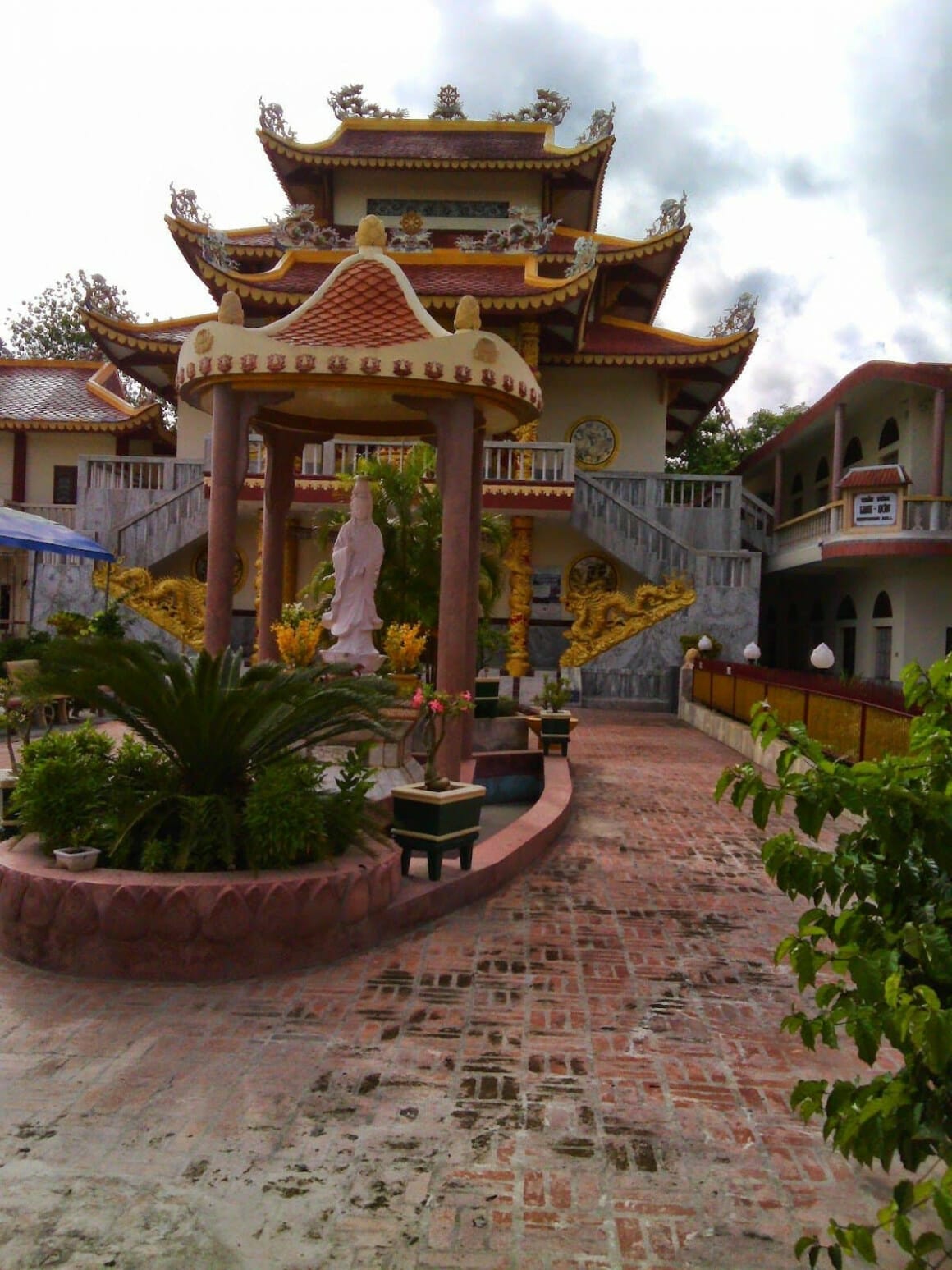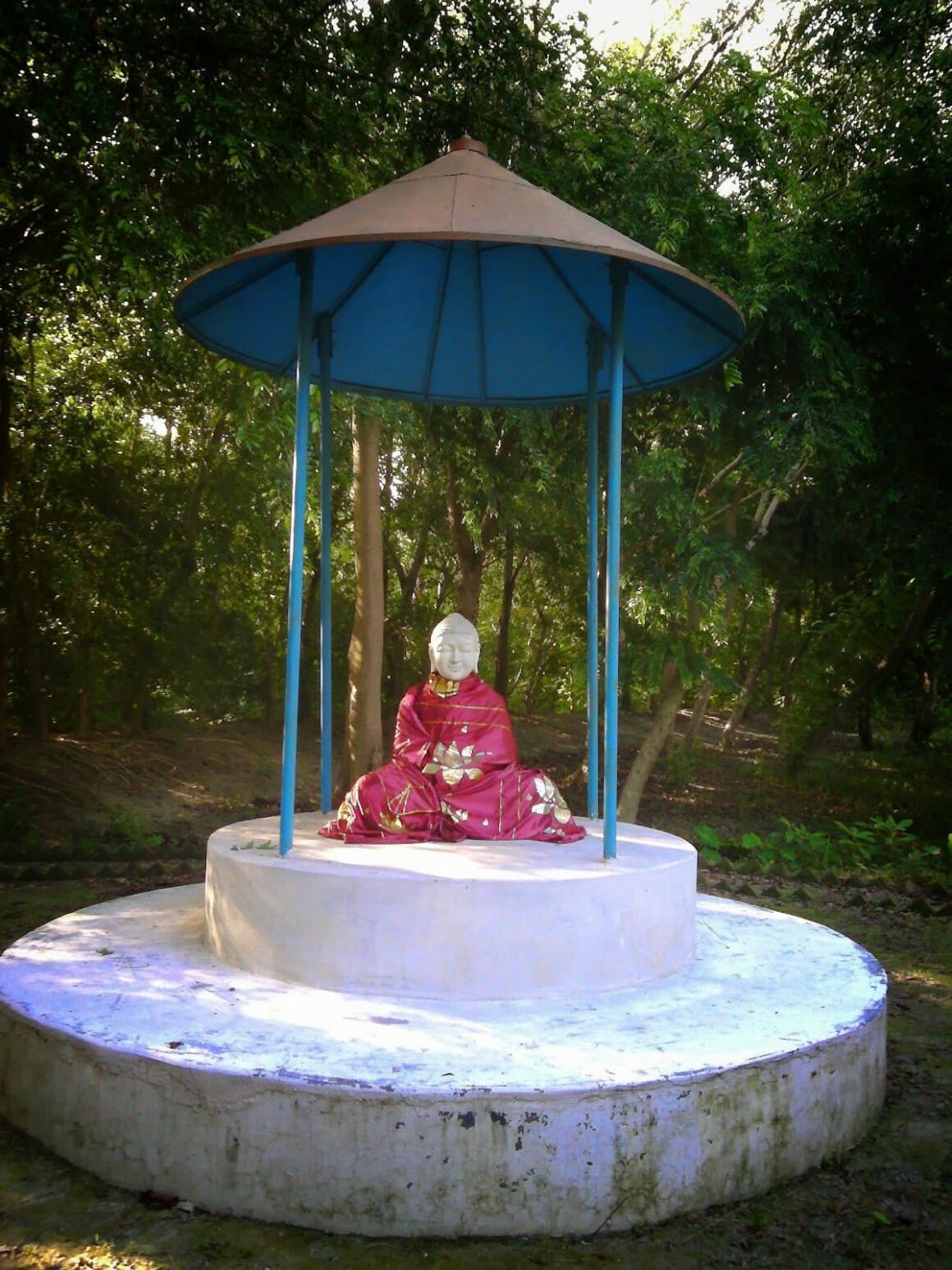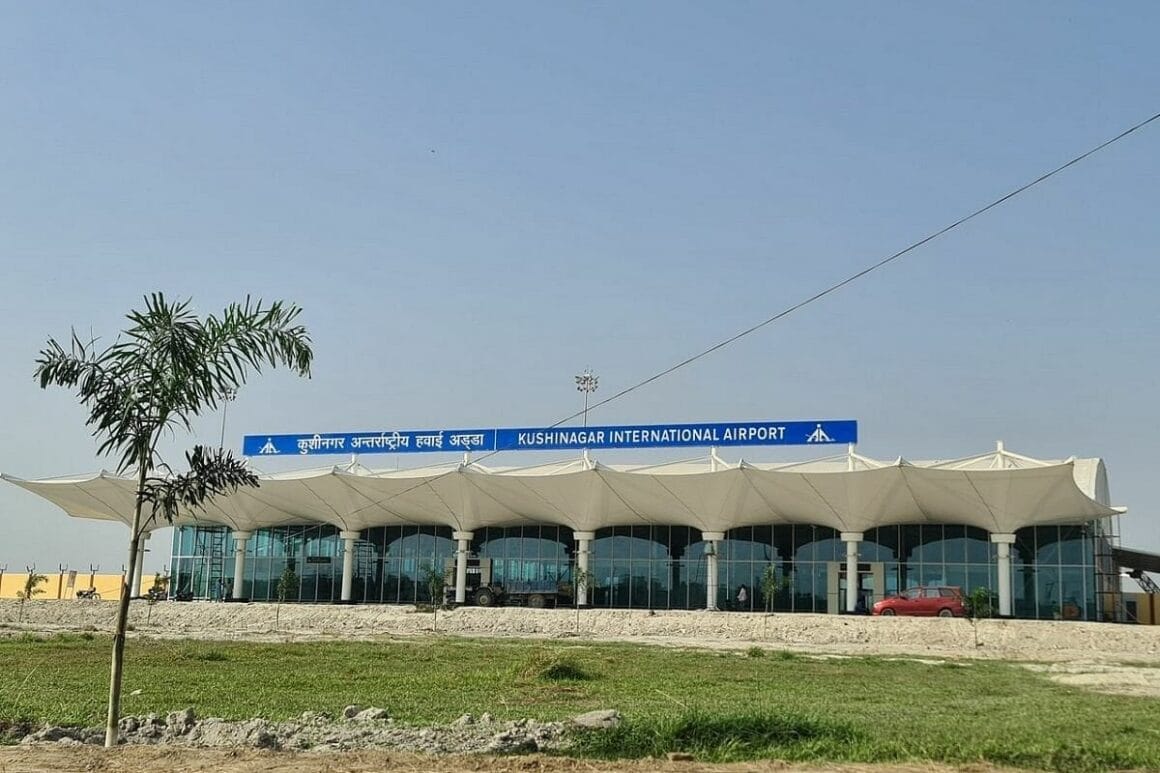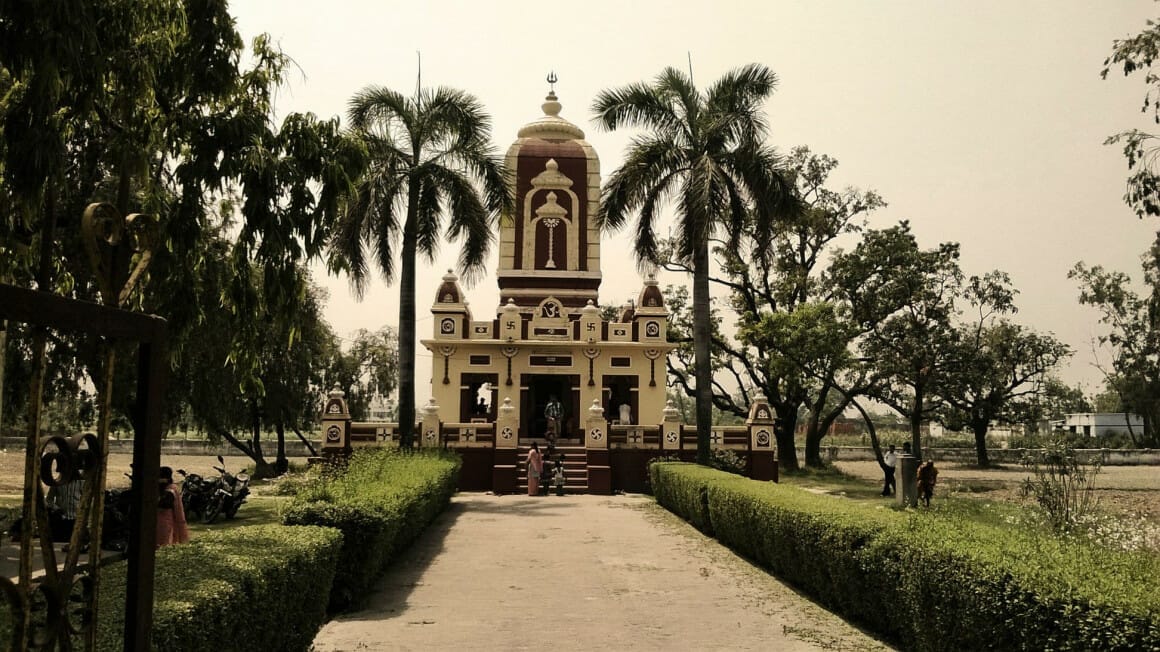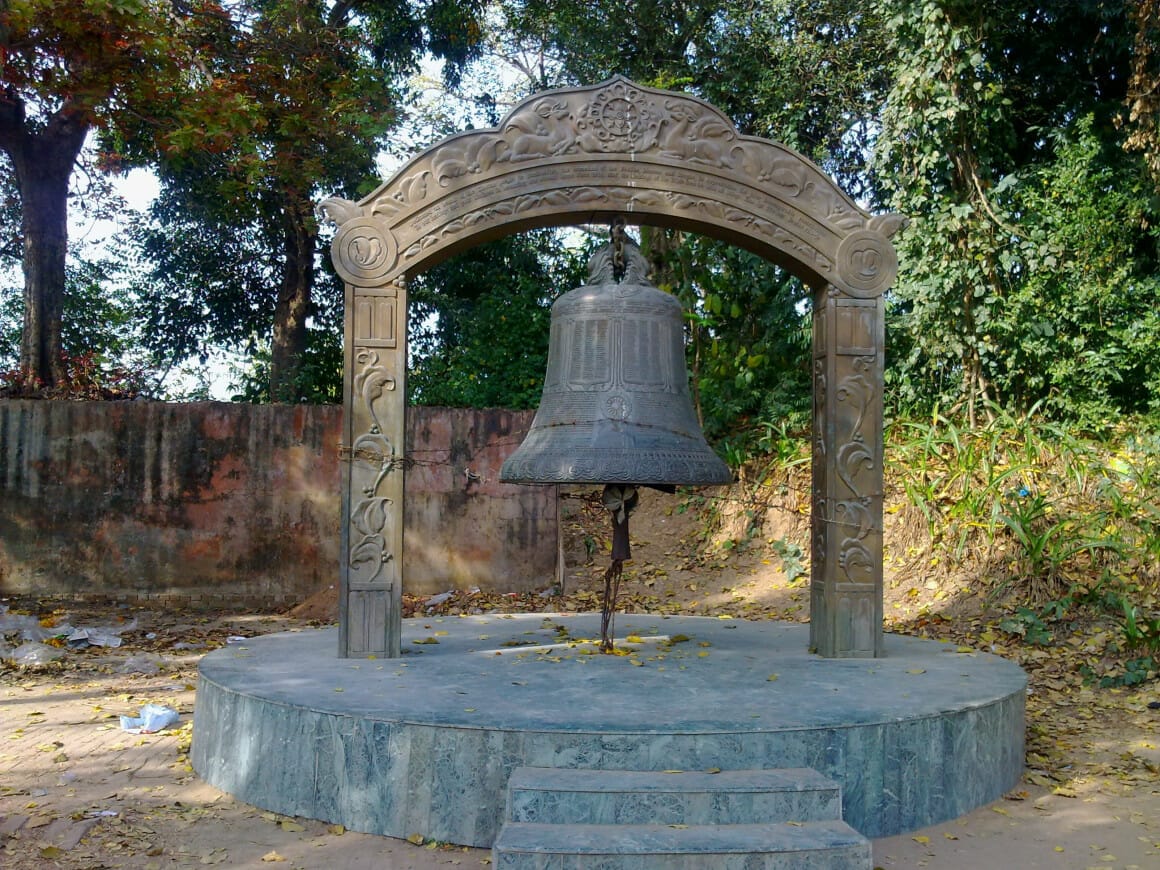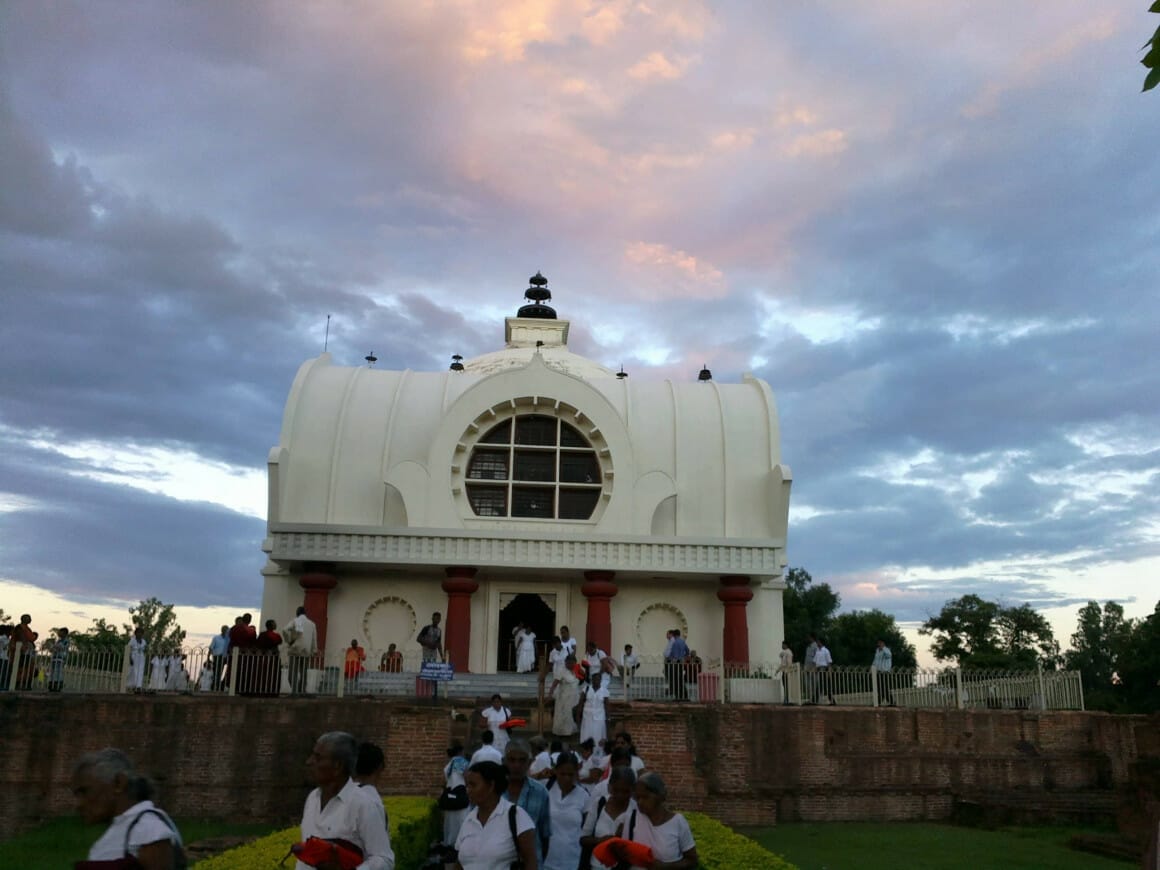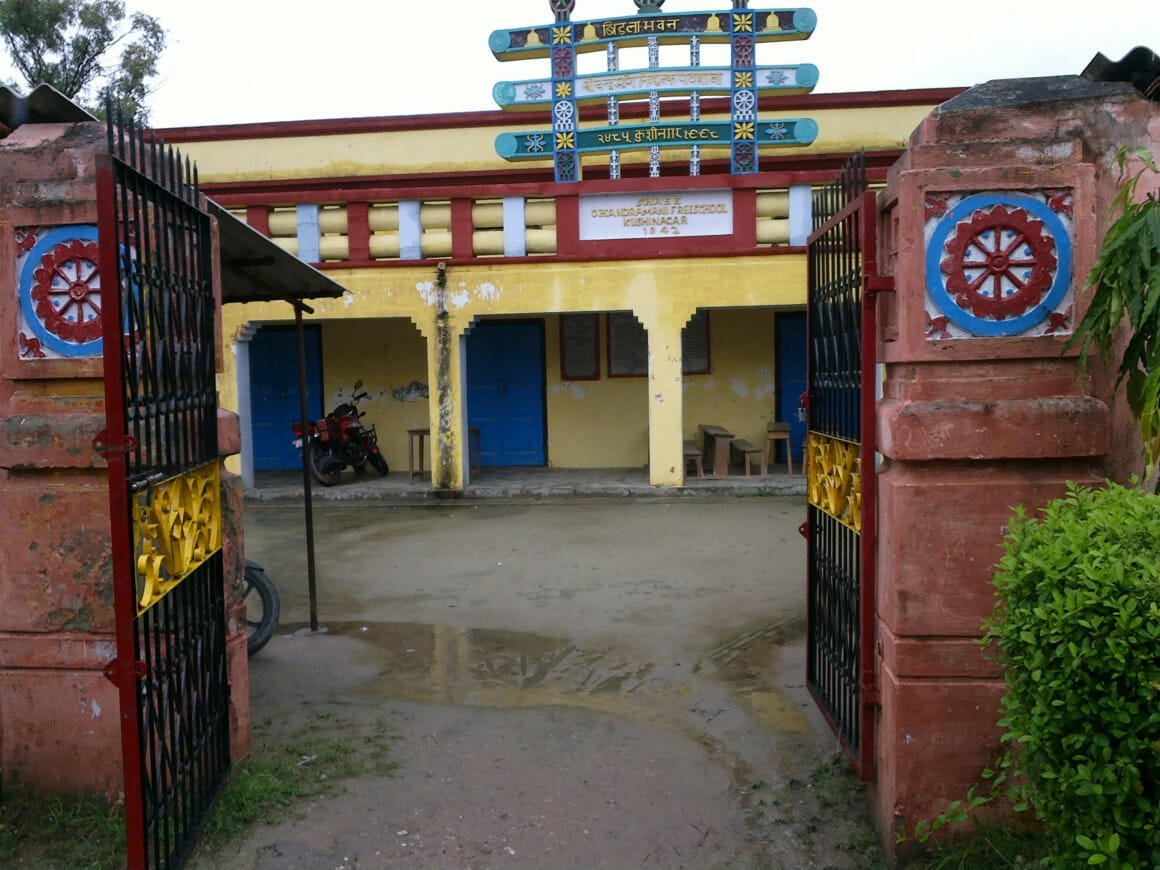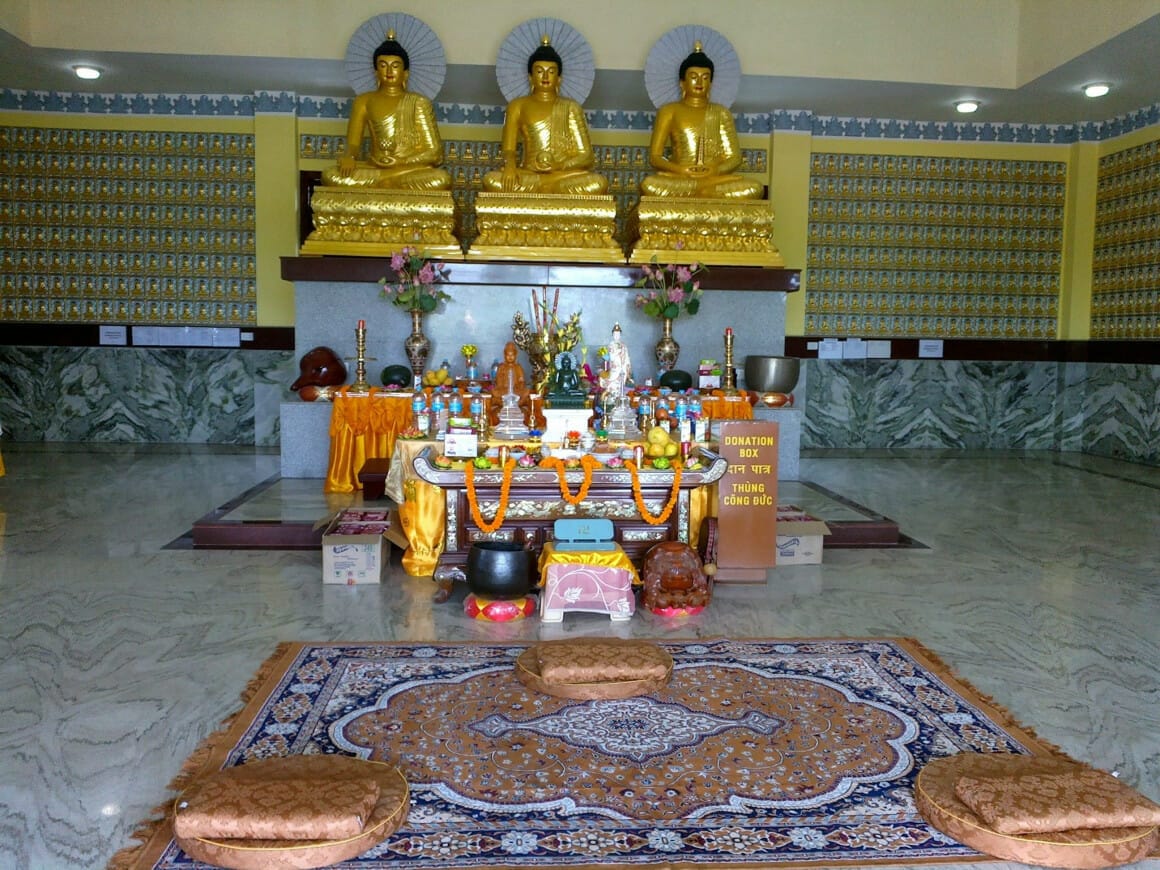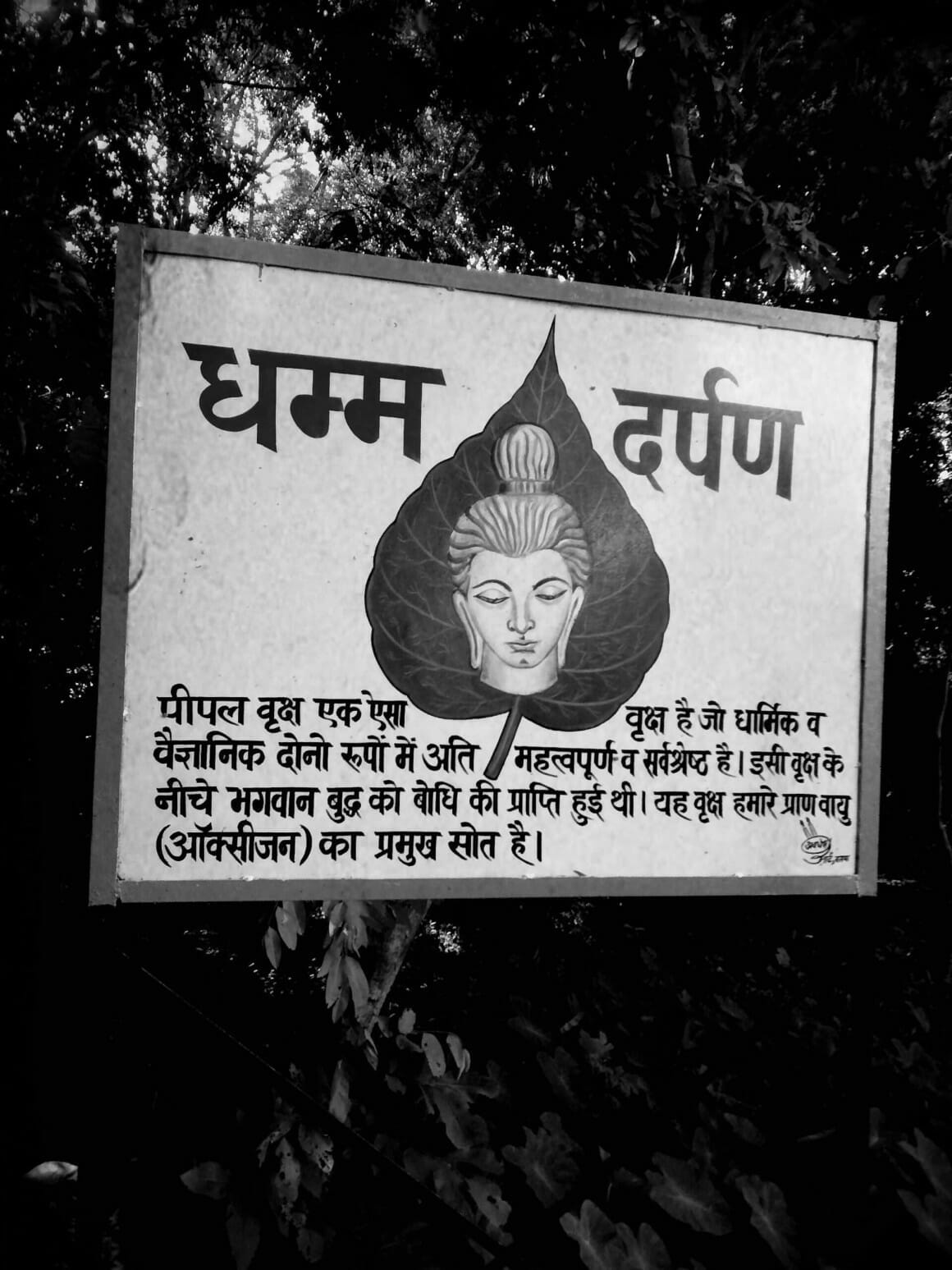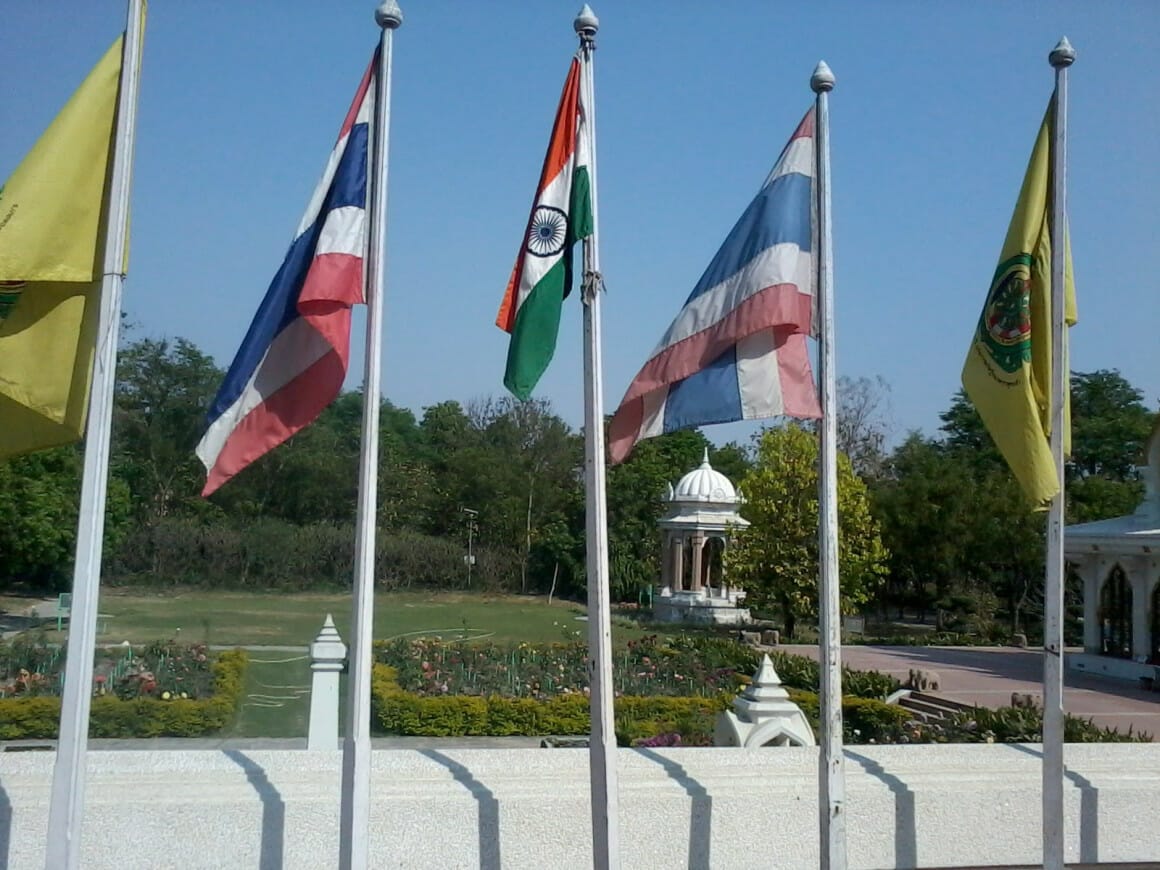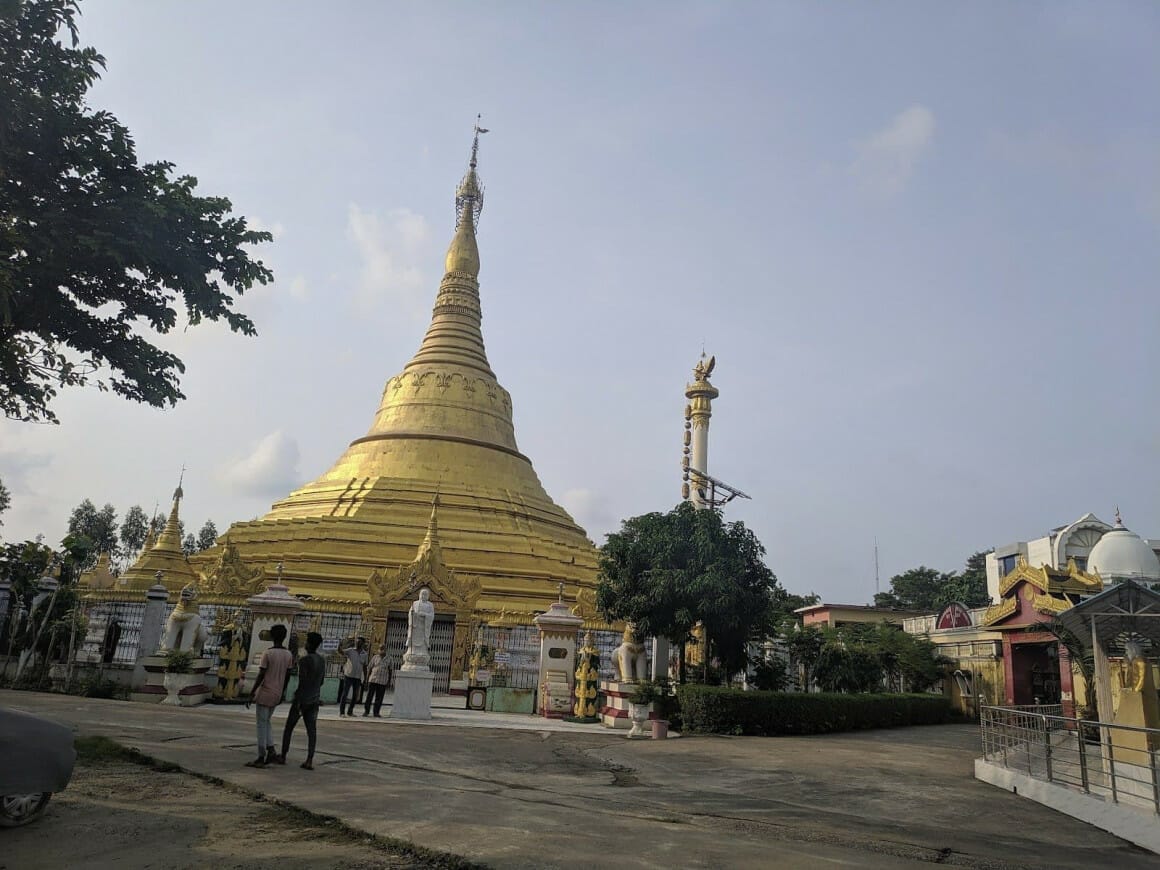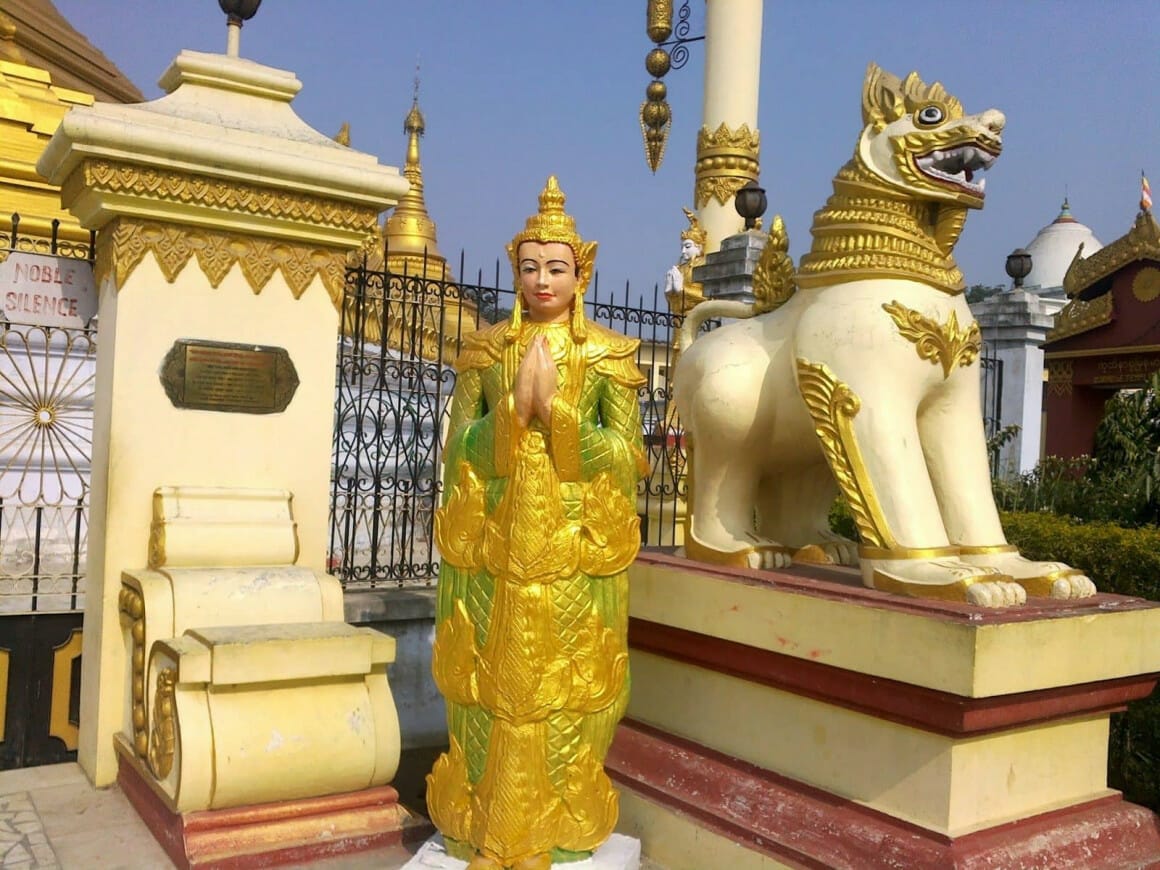Kushinagar: Everything You Need to Know about The Lost Town
Lost Town. This is precisely what I used to call Kushinagar, my hometown and now a popular Buddhist Pilgrimage site.
But why so?
The reason is that not many cared about the place, despite it being one of the most important places of one of the most popular religions in the World. It was a long wait but Kushinagar has now slowly resurfaced on the maps of India and the world, all thanks to the Kushinagar International Airport (ICAO code: VEKI, IATA code: KBK), it has received.
I have written this article to walk you through everything basic that you need to know about Kushinagar so that the next time you visit the place, you won’t have much trouble touring around.
Table of Contents
History of Kushinagar

Let’s talk about the history of Kushinagar. Kushinagar’s name surfaces in ancient India as Kusinara or Kushinara. It was located on two small river streams of Kusi and Nara which were possibly the tributaries or distributaries of Gandak river – the river that flows through Kushinagar and meets Ganga river.
The local folktales say that it was the capital of the kingdom of King Kusha, the son of Lord Rama, hence the name Kushinara.
Please note that Ayodhya or Kosala kingdom contained Kushinagar and Deoria. Kushinagar marked the Eastern Parts of the kingdom. Ayodha, the capital of King Rama, is just 150 KMs from here.
One more reason for naming the place Kushinara can be due to a specific bush-plant called Kush, which is found almost everywhere in the area.
Kushinagar, or Kushinara was the capital of Malla kingdom, a republic during the times of Gautam Buddha. Malla was one of the 16 Mahajanapadas (great kingdoms) during the 6th Century BCE. Gautam Buddha attained mahaparinirvana (his death) in Malla Kingdom’s capital – at a place around which the town of Kushinagar is now built. It should also be noted that Kushinagar is the place where Lord Buddha gave his last sermon. Followers of Buddhism from all over the world visit here to worship and tour.
Vardhaman Mahavira, the 24th Tirthankar of Jainism & the founder of the religion, is said to visit the Kushinagar area as well. There is a place named Pava in Kushinagar just 23 kms east of Kushinagar. Some enthusiasts call it the place where Mahavira died but historical findings don’t fit the claim.
Malla kingdom didn’t last long and resultatively it was won over by a much larger and stronger kingdom of Magadha. During the times of King Ashoka, Kushinagar saw its zenith but soon after the fall of the Maurya dynasty, the place started to lose all its importance.
From the 1st Century BCE to the 19th Century – Kushinagar saw several kings, kingdoms, atrocities and downfalls. There is nothing I could be proud to tell, but it is said that some invader and tyrant rulers, during the 13th to 14th century, wreaked havoc in the whole area and plenty of wealth was looted, people killed and legacies destroyed.
Kushinagar was a part of Awadh suba, the local and non-Sanskritised name of Ayodhya during the Mughal empire and after the fall of it. Incompetent rulers wasted the place even more and the British made the scene even worse. After the Mughals, the British took every advantage they could take and taxed the area with utmost cruelty.
Heavy taxes followed by famines, plague and floods – broke the place in its entirety.
This is the reason why the people of Kushinagar supported Mahatma Gandhi wholeheartedly when he visited the Awadh region. Gandhiji is literally worshipped in some of the villages of Awadh.
Hinduism is the major religion of this area followed by Muslims and Buddhism.
Casteism has its height in these areas of Uttar Pradesh and the lower caste people (as they say) are still treated very poorly. Things have improved a lot in the last 10-15 years but dark patches still exist.
Kushinagar is both a district and a town.
The town is built around the place where Gautam Buddha attained mahaparinirvana. The district on the other hand is way more than that.
In addition to Kushinagar town, Kushinagar district includes Kasia, Kubersthan, Pavanagar (Fazil Nagar), Chaura, Tamkuhi, Hata, Sukrauli, Turkpatti, Mainpur, Padrauna, Ramkola, Kaptanganj, Samaur, Hetimpur etc. The whole district is the workplace (karmabhumi) of Saints, Monks and Ascetics, especially those from Hinduism, Jainism and Buddhism.
Polity
Kushinagar is one of the easternmost districts of Uttar Pradesh and it borders Bihar on the east, Maharaj on the northwest, Gorakhpur on the west, Deoria on the south and Bihar on the east and northeast.
As I said, it was part of the Ayodhya or Awadh kingdom. British placed it in the Benaras division and after the Indian Independence, it became part of the Gorakhpur division. Later it was a part of a newly formed Deoria district and then when Deoria was dissected, it was named Padrauna in 1994. (Padrauna is another town just 19 KMs (12 Miles) from Kushinagar.) After a couple of years in 1997, it was named Kushinagar district and the name has continued. Padrauna is still the headquarters of the Kushinagar district.
Geography of Kushinagar
Kushinagar district and the town both fall in the terain or tarai belt of the Ganga Basin. It’s fed by tributaries of Gandak and Chhoti Gandak (Little Gandak). Gandak flows through the northern parts of Kushinagar and intersects Kushinagar district again on the southeastern parts. Little Gandak, on the other hand, flows through the western and middle parts of Kushinagar district, going towards Deoria district and making the boundary with Deoria in the south. Kushinagar town is located between two tributaries of Chhoti Gandak, which were called Kushi and Nara in ancient times. One of these rivers is now called Hiranyavati, and the other has lost its existence.
So, Gandak and Chhoti Gandak are the two main rivers of Kushinagar. The north and southeast areas are most prone to floods, but the whole district is prone to flooding one way (rains) or another (river).
Kushinagar has Bhabar Alluvial soil, and Rice, Wheat, Sugarcane, Maize etc. are the major cereal crops in the area.
Kushinagar International Airport

Prime Minister of India Narendra Modi inaugurated Kushinagar International Airport on 20th October 2021.
UP Government first formalized the idea of an airport in 1995, when the district was carved out of Deoria. However, this project started in 2010 with a much simpler idea in mind. It was just supposed to be a national airport like Gorakhpur Airport.
Gorakhpur Airport is not a commercial airport like others in the country. It is rather provided by the Indian Airforce to the Airport Authority of India on a temporary lease. Kushinagar airport was supposed to replace Gorakhpur Airport for local flights within the next five years. (And it will now.)
With the change in governments, plans changed and by 2013 – the whole work almost stopped. But then again, in 2015 new tenders were invited and by the coming of a new state Government there rose a demand for an International Airport in these parts. Approval was provided for Kushinagar airport to become an international airport in 2019-20. And what you see today is the result of the same.
Kushinagar International Airport is located on the outskirts of Kasia-Kushinagar municipality and you will have to travel around 4 kms from the Airport to see Lord Buddha’s resting place.
Kushinagar Photo Gallery
That’s it for now. Before I go, I’ll leave with some photos of Kushinagar – all uncaptioned.
